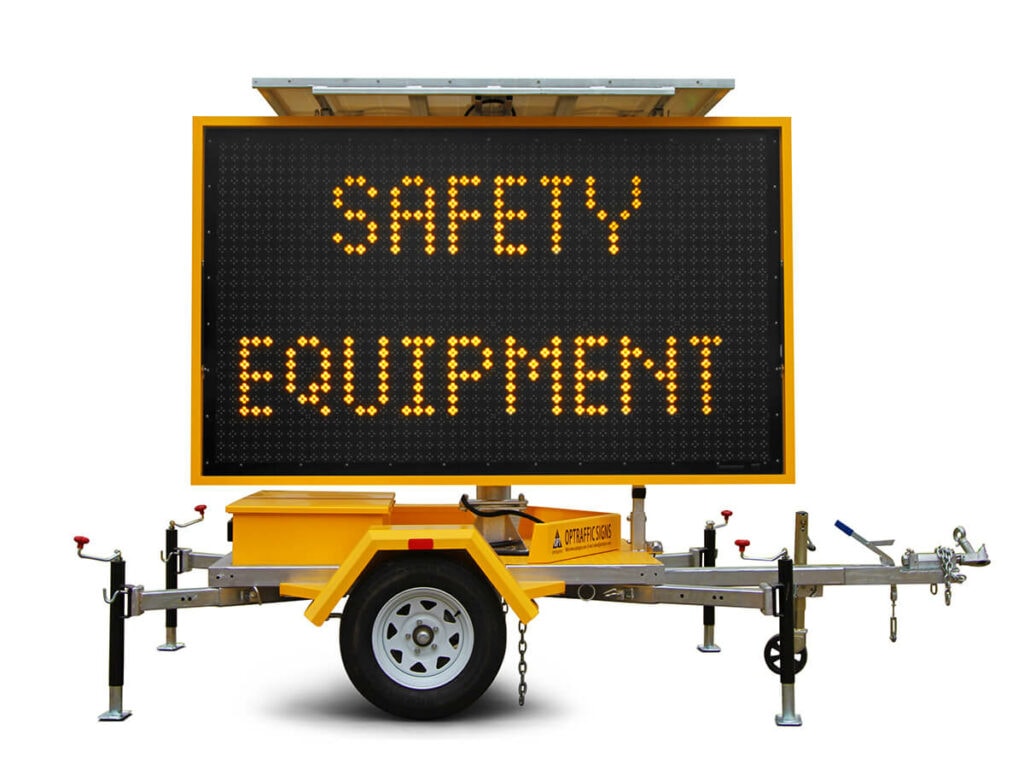
Introduction to VMS and Traffic Congestion
Traffic congestion is a common challenge that many urban areas face, leading to frustration, wasted time, and increased air pollution. Variable Message Signs (VMS) have emerged as a powerful tool in addressing this issue by providing real-time information to drivers. Understanding the challenges posed by traffic congestion and the basics of VMS is crucial in comprehending their role in modern traffic solutions.
Understanding Traffic Congestion Challenges
Traffic congestion occurs when the demand for road space exceeds its capacity, resulting in slower speeds, longer trip times, and increased queuing of vehicles. This can be caused by factors such as accidents, road construction, special events, or simply an overwhelming volume of vehicles during peak hours.
The Basics of Variable Message Signs (VMS)
Variable Message Signs (VMS) are electronic displays that provide real-time information to drivers. There are several types of VMS, including full matrix signs, fixed variable message signs, portable variable message signs, and dynamic message signs (DMS). These signs work by displaying text, symbols, and images to convey important messages to drivers.
Types of VMS
- Full Matrix Signs
- Fixed Variable Message Signs
- Portable Variable Message Signs
- Dynamic Message Signs

How VMS Work
VMS operate by receiving information from various sources such as traffic cameras, road sensors, and control centers. This data is then used to display relevant messages to drivers in real-time. By conveying critical information about accidents, road closures, weather conditions, or alternative routes, VMS play a pivotal role in enhancing road safety and managing traffic flow.
The Role of VMS in Modern Traffic Solutions
Variable Message Signs (VMS) play a pivotal role in modern traffic solutions, contributing significantly to enhancing road safety and improving traffic flow. By providing real-time alerts and warnings as well as dynamically managing speed limits, VMS have proven to be instrumental in addressing the challenges posed by traffic congestion.

Enhancing Road Safety with VMS
Real-time Alerts and Warnings
VMS contribute to road safety by delivering real-time alerts and warnings to drivers about potential hazards, accidents, or adverse weather conditions. These timely notifications enable drivers to make informed decisions, thereby reducing the likelihood of accidents and promoting safer driving practices.
Managing Speed Limits Dynamically
Another critical aspect of road safety facilitated by VMS is the dynamic management of speed limits. VMS can adjust speed limit displays based on current traffic conditions, construction zones, or hazardous road segments. This dynamic control helps in maintaining safe driving speeds and minimizing the risk of collisions.
Improving Traffic Flow with VMS
Reducing Traffic Congestion
One of the primary benefits of VMS is their capability to contribute to reducing traffic congestion. By providing real-time information about accidents, lane closures, or alternative routes, VMS empower drivers to make informed decisions that can alleviate congestion hotspots and improve overall traffic flow.
Route Optimization and Diversions
VMS also play a crucial role in route optimization by suggesting alternative routes or diversions during peak traffic periods or when unexpected incidents occur. This proactive approach helps distribute traffic more evenly across different roadways, preventing bottlenecks and further reducing congestion.
In essence, Variable Message Signs (VMS) are indispensable tools in modern traffic solutions, offering tangible benefits in terms of road safety enhancement and traffic flow improvement.
Case Studies: Success Stories of VMS Implementation
In the realm of modern traffic management, the successful implementation of Variable Message Signs (VMS) has yielded remarkable outcomes in addressing traffic challenges. Two distinct case studies, City A’s approach to traffic management and Highway B’s traffic flow improvement, exemplify the efficacy of VMS in transforming traffic solutions.
Case Study 1: City A’s Approach to Traffic Management
The Challenge
City A faced a persistent challenge of heavy traffic congestion during peak hours, leading to prolonged commute times and increased frustration among commuters. The existing infrastructure struggled to effectively disseminate real-time information to drivers regarding accidents, road closures, or alternative routes.
The VMS Solution
To combat this challenge, City A strategically deployed an extensive network of variable message signs across key intersections and major thoroughfares. These signs were equipped with advanced communication capabilities and integrated with real-time data sources such as traffic cameras and road sensors.
The Outcome
The implementation of VMS revolutionized the city’s approach to traffic management. Drivers were now empowered with timely information about congested areas, accidents, or optimal route choices. As a result, there was a noticeable reduction in overall travel time and a significant decrease in congestion-related incidents.
Case Study 2: Highway B’s Traffic Flow Improvement
The Challenge
Highway B grappled with recurring issues related to erratic traffic flow patterns, particularly during special events or adverse weather conditions. This unpredictability often led to safety concerns and operational inefficiencies along the highway.
The VMS Solution
In response to these challenges, Highway B embraced a comprehensive strategy centered around leveraging variable message signs strategically placed at key junctures along the highway. These signs were designed to dynamically adjust speed limits based on real-time traffic conditions and provide proactive alerts about potential hazards.
The Outcome
The integration of VMS along Highway B resulted in a remarkable transformation of traffic flow dynamics. Drivers experienced improved safety measures through timely warnings about adverse weather conditions or sudden changes in speed limits. Additionally, the overall efficiency of the highway operations saw a substantial enhancement, leading to smoother vehicular movement even during peak periods.
In both cases, the strategic utilization of Variable Message Signs (VMS) played an instrumental role in reshaping traditional approaches to traffic management and fostering tangible improvements in road safety and traffic solutions.

The Future of Traffic Management with VMS
As technology continues to advance, the future of traffic management with Variable Message Signs (VMS) holds promising prospects for revolutionizing urban mobility. The integration of VMS with smart city initiatives and the incorporation of artificial intelligence (AI) and machine learning are poised to redefine the landscape of traffic solutions.
Technological Advancements in VMS
Integration with Smart City Initiatives
The integration of VMS with smart city initiatives represents a pivotal step towards creating more connected and efficient urban environments. By leveraging VMS as part of a comprehensive smart city infrastructure, cities can establish real-time communication networks that facilitate seamless information dissemination to drivers. This integration not only enhances road safety but also contributes to the overall efficiency of urban transportation systems.
AI and Machine Learning in VMS
The infusion of artificial intelligence (AI) and machine learning into VMS technologies is set to elevate their capabilities to unprecedented levels. AI algorithms can analyze vast amounts of traffic data in real time, enabling VMS to provide predictive insights into traffic patterns, potential congestion points, and optimal route recommendations. Moreover, machine learning algorithms can continuously improve the accuracy and relevance of information displayed on VMS, ensuring that drivers receive the most pertinent updates for their journeys.
The Potential Impact on Urban Planning
Reducing Environmental Impact
The widespread adoption of variable message signs has the potential to significantly reduce the environmental impact associated with vehicular emissions. By effectively managing traffic flow and minimizing congestion through timely alerts and route optimization suggestions, VMS contribute to smoother traffic movements, thereby reducing overall fuel consumption and greenhouse gas emissions. This aligns with sustainable urban planning efforts aimed at mitigating environmental pollution from transportation activities.
Enhancing Public Transportation Systems
In addition to benefiting private vehicle users, VMS advancements hold promise for enhancing public transportation systems within urban areas. By integrating VMS technologies with public transit networks, cities can streamline bus routes, optimize schedules based on real-time traffic conditions, and provide commuters with accurate information about transit options. This synergy between VMS and public transportation fosters a more cohesive urban mobility ecosystem while encouraging greater utilization of sustainable transport modes.
Conclusion: Embracing VMS for Better Traffic Flow
In conclusion, the integration of Variable Message Signs (VMS) into modern traffic management systems offers a myriad of benefits that contribute to safer and more efficient roadways. By leveraging the capabilities of VMS, cities and transportation authorities can significantly enhance the overall traffic flow and promote a safer driving environment.
Recap of VMS Benefits
The adoption of VMS presents several key advantages in addressing traffic congestion and improving road safety. Firstly, VMS empower drivers with real-time information about accidents, road closures, or alternative routes, enabling them to make informed decisions that alleviate congestion hotspots. Additionally, the dynamic management of speed limits through VMS contributes to maintaining safe driving speeds and minimizing the risk of collisions. Furthermore, the proactive route optimization suggestions provided by VMS help distribute traffic more evenly across different roadways, preventing bottlenecks and further reducing congestion.
The Call to Action: Investing in VMS
As urban areas continue to grapple with escalating traffic challenges, it is imperative for city planners and transportation authorities to recognize the pivotal role that variable message signs play in shaping the future of traffic management. The call to action is clear: investing in VMS technologies is an investment in creating safer, more efficient transportation networks. By embracing VMS solutions, cities can proactively address traffic congestion issues while fostering a culture of informed and responsible driving practices.
In essence, embracing Variable Message Signs (VMS) represents a strategic step towards building smarter and more resilient urban mobility ecosystems.



















